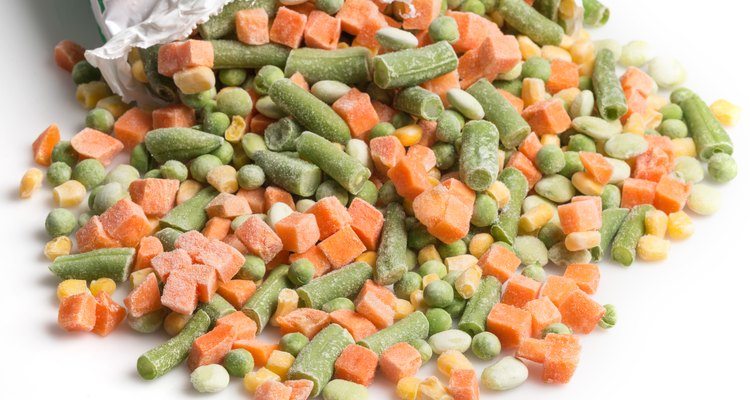
Juanmonino/iStock/GettyImages
We’ve all cracked through a few layers of freezer burn to get to the tasty part of the ice cream carton (if ice cream even lasts that long in your freezer!). But even if you’ve chomped down a few ice crystals without consequence, you might still be wondering what caused that freezer burn in the first place or if large ice crystals on a frozen food item indicate that the food has undergone a transformation that will make it not so tasty. Learning more about what causes ice crystals on frozen food can help you prevent them and know when it’s safe to eat the food you’ve stored in your freezer.
Causes of Ice Crystals on Frozen Food
A few different factors contribute to ice crystals, or freezer burn, forming on the food you’ve stored in your freezer. When food is in the freezer, water molecules begin to escape from it. Put more simply, the food begins to lose moisture. As that happens, the oxidation process causes ice crystals to form on the surface of the food. Sometimes, depending on the food, you may also notice that it becomes slightly discolored near the crystals, as well.
Freezer burn is more likely to happen when food has been in the freezer for a long time or if it hasn't been wrapped tightly.
Is It Safe to Eat?
Luckily for anyone who has thawed meat with a bit of freezer burn or accidentally eaten the crystals off the top of a pint of ice cream, ice crystals are perfectly safe to eat. However, you still want to avoid allowing those crystals to form because they could be an indication that your frozen food will have a taste that's dull, dry or slightly off since it has begun to lose moisture.
Preventing Freezer Burn
Thankfully, there are ways to cut back on freezer burn. Here are some of the easiest:
- Keep the Freezer Temperature Consistent: Allowing frequent changes in temperature within the freezer is a great way to speed up the freezer burn process. Maintain a consistent temperature on your dial (typically about zero degrees Fahrenheit) and try to minimize the amount of time that the freezer door is open.
- Store Food Correctly: Food that's dry and wrapped tightly will grow far less freezer burn than items that aren't. Wrap food tightly with plastic wrap or in a thick plastic bag designed for freezer storage that you’ve released all of the air from. Then, put it in an airtight container that's roughly the same size as the amount of food you’re storing, as extra space can lead to more ice crystals.
- Freeze It Quickly: Many people who are concerned about bacteria growth may wonder if food being cooled must pass quickly through a certain temperature range to reduce pathogen growth. The answer is the range of 135 degrees Fahrenheit to as low as 41 degrees Fahrenheit in the span of six hours. This is more important in restaurants, where food tends to sit and cool for extended periods of time, but in general, allow food to get to room temperature and then put it in the freezer as opposed to letting it sit out in a cool room overnight.
- Label Food: In the same way that soup on a buffet should be labeled with the date it was made, you can also label the food you store in your freezer. If seafood gumbo was prepared on Thursday, make a small label to indicate that date. If you notice that you're often letting food sit in the freezer for months, consider defrosting it and eating it or changing your meal prep habits to avoid letting food sit so long that it develops ice crystals.
Related Articles

If Meat Is Frozen, How Long Does It ...

Freezing a Moussaka

How Long Do You Keep Meat in Freezer?
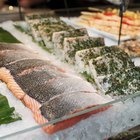
FDA Food Storage Temperature Guidelines

Can You Freeze Canned Goods?

Proper Ways to Cool Food After Cooking

What Are the Best Containers to Freeze ...

Can You Cook Frozen Foods That Are Past ...

Guidelines For Refreezing

How to Freeze Honey-Baked Ham & Roasted ...
Freezing a Dish With Sour Cream in It
What Are the Dangers of Cooked Meat ...

How Long Can Chinese Food Sit Out ...
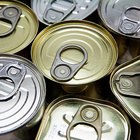
Dented Cans and Botulism
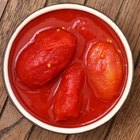
Can You Freeze Canned Diced Tomatoes?
How to Freeze a Baguette
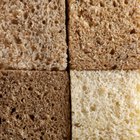
Do the Same Types of Mold Grow on All ...

Can You Freeze Casseroles With ...
How Do I Know If My TV Dinner Has BPA?

How to Cook With Saran Wrap
References
Writer Bio
Freelance writer based in Brooklyn with interest in home, lifestyle, and science topics.